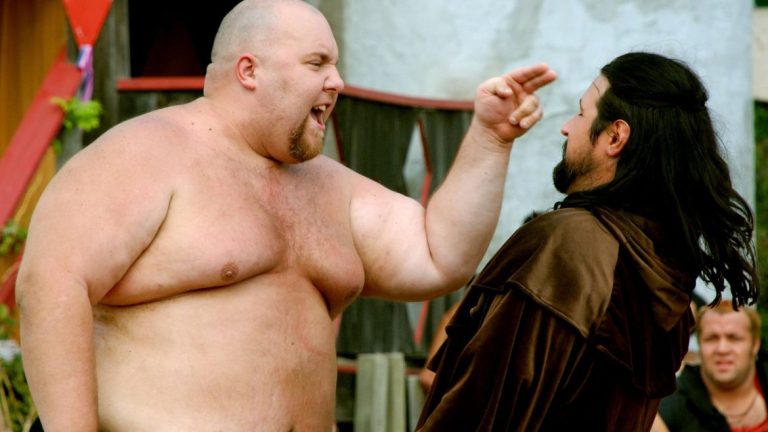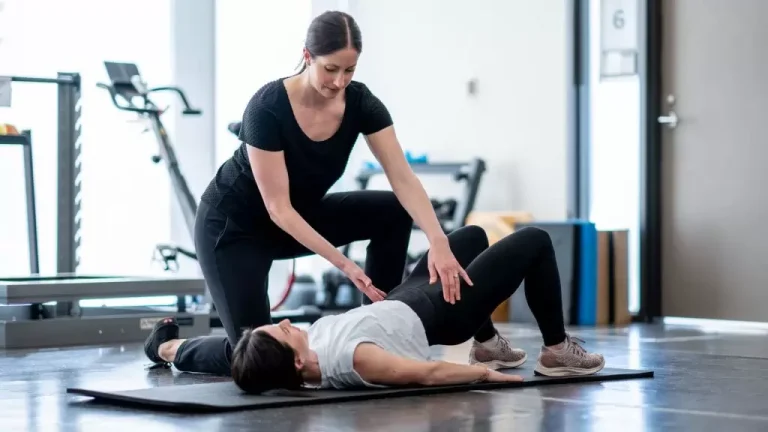
When you first come across the term CrossFit, it might sound a lot like just another fitness trend. The minute you start to dig deeper you realize it is much more than that. It is a global movement which has its roots set deep in grit, community, and pushing your limits.
When CrossFit was first created, the goal was to develop a training method that worked on total-body fitness using functional movements. Greg Glassman, the founder, brought together weightlifting, gymnastics, and metabolic conditioning, creating a new framework that was designed to work on core strength, speed, and flexibility.
CrossFit can prepare anyone for the physical demands of life. That is, if you stick with it. Here’s how you can start;
1. Understand the CrossFit Games Demands
Unlike many other kinds of games or workout structures, CrossFit Games are unpredictable by design. Athletes might be pushed to face ocean swims, odd-object lifts, endurance events, and handstand obstacle courses.
Training must include various domains of fitness that are common for CrossFit athletes. For instance, CrossFit doesn’t put strength or speed first. It often stresses the most on adaptability. Once that is achieved, it adds on cardiovascular endurance, stamina, strength, flexibility, power, speed, coordination, agility, balance, and accuracy.
CrossFit athletes aren’t known for an intense focus on individual body parts. They are popular for mastering movements. You can do this by creating a healthy mix of strength days, conditioning days, skill work, and metabolic conditioning workout days. Here’s a sample weekly split;
Monday: Strength + short conditioning (e.g., deadlifts + 10-min bike sprint)
Tuesday: Bodyweight skills + long cardio (e.g., pull-up progressions + 30-min jog)
Wednesday: Light mobility or stretches
Thursday: Olympic lift technique + circuit (e.g., cleans + wall balls, burpees)
Friday: Full-body metcon (e.g., AMRAP or EMOM, more on this later)
Saturday: Outdoor workout, hike, or swim
Sunday: Rest
2. Quality Over Quantity
Don’t focus on the volume of the workouts. Do less workouts but do them well and increase the intensity. Stay focused, work on getting the form perfect, and slightly push your limits so you learn to enjoy discomfort in short bursts.
Try workouts like;
EMOM (Every Minute on the Minute): 10 push-ups at the start of each minute for 10 minutes
AMRAP (As Many Rounds as Possible): 12 minutes of 10 air squats, 10 dumbbell snatches, 10 sit-ups
Chippers: Completing a long list of reps for time (e.g., 50 burpees, 40 lunges, 30 push-ups…)
3. Pace Yourself
Don’t forget to master all the basic moves before you move on to the complex stuff. This means working on deeper, more controlled squats, focusing on building a stronger plank, mastering different kinds of push-ups for core strength, practicing good pulling mechanics (e.g., rows, ring rows) and having a solid hinge pattern for deadlifts and kettlebell swings.
If you are unable to do a pull-up at the moment, start with ring rows. Can’t snatch? Work on mastering the kettlebell clean. Training like a CrossFit athlete means getting the technique right before you move on to greater things.
4. Focusing on Recovery
As you up the ante on the training, don’t forget to spend enough time sleeping, stretching, and eating well.
You must get 7-9 hours of restful sleep, invest some time in foam rolls or stretching daily, take 1-2 full rest days every week, and fuel your workouts with whole foods and protein. Working out shouldn’t involve a 24/7 grind. Sometimes, resting is the best way to build.
5. Don’t Lose Sight of the Purpose
CrossFit athletes are known to train with purpose and clarity. Each of their workouts is rooted in a specific goal. Be it speed, strength, endurance, or mental grit you are trying to achieve, the best way to align yourself with your goal is to ask yourself, “What am I trying to improve today?”
Focus on a plan that allows you to hit specific goals, and set in place milestones that are very simple, direct, and straightforward so it is easy to track your progress. The more you train with intention the easier it will be to see real progress.
A Final Pro-Tip
If you find it hard to stick to an actual plan or build a workout routine, consider reaching out to a CrossFit expert personal trainer Boston to guide you through the process. Experts in CrossFit will help you slowly incorporate elements within your exercise routine that allow you to build on the skills slowly but surely.
Start small. Scale every workout to your level, but stay consistent. Remember, the CrossFit mindset doesn’t ask for perfection. It demands growth.






